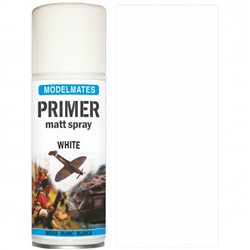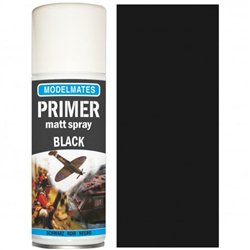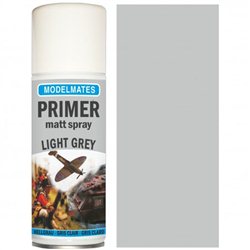One of the most common scatter-related questions asked in model shops around the world is - How much do I need? And...
No products
Product successfully added to your shopping cart
There are 0 items in your cart. There is 1 item in your cart.
Search Tips
Christmas and New Year
We are dispatching orders every weekday apart from Christmas Day, Boxing Day and New Year's Day.
If you select next day delivery at checkout, please note deliveries are not made on public holidays or Sundays.
The shop in Sandown is open 23rd and 24th December, then closed from 25th December, reopening on 30th December.
What does a paint primer do?
Primers are a special type of paint used to prepare surfaces that are to be painted. The primary purpose of a primer is to create the best possible surface for a topcoat of paint to adhere to. Primers are also handy for creating a consistent, even colour to paint on ensuring that filled areas or differences in materials are kept well hidden.
Using a primer before painting a model is advisable, especially if it's a kit you're painting. This is because not only is the kit likely to have smooth shiny plastics for the topcoat to deal with, but also, there's a strong chance there will be glue residue and natural oils transferred from your fingers during the construction process too. This mixture of different chemicals and surface types can cause your final coat of paint to appear unevenly applied.
If in doubt, ask at your model shop but in general, a primer is recommended.
Click here to receive the tips weekly in your mailbox. You can unsubscribe at any time.










